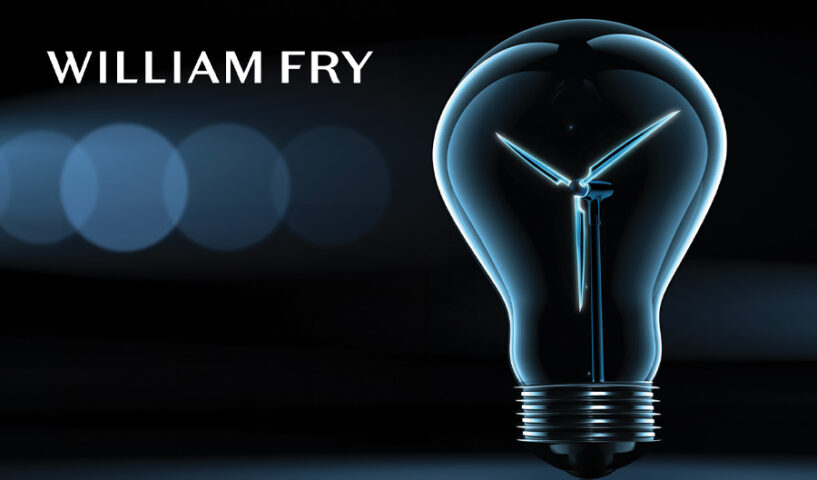
Powering Prosperity: Ireland’s Offshore Wind Industrial Strategy
29th May 2024
Game changer: Unlocking the potential for energy storage in Ireland
30th May 2024The energy transition and solar power: A critical inflection point

The Irish solar energy industry has been the great success story of Ireland’s energy transition in recent years. Since the energisation of Ireland’s first grid connected solar farm in 2022, the industry has seen rapid deployment of capacity across the country and there is over 1GW of solar PV generation connected to Ireland’s electricity system including 500 MW of utility-scale connections and 300 MW of microgeneration.
The acceleration of solar deployment
The trend towards accelerating solar deployment is playing out across Europe and Ireland is no exception. Increased solar generation capacity is a key pillar of Ireland’s approach to meeting its carbon emissions commitments under the Climate Action Act 2015, as amended. Ireland’s Climate Action Plan 2024 (CAP24) provides that 8 GW of solar capacity is to be put in place by 2030. This hugely ambitious and technically demanding target comes with a set of challenges and opportunities. Chief among these are the impact on the grid, the single electricity market and the interaction with those other technologies (such as wind and batteries) that underpin Ireland’s climate goals.
Impact on transmission and distribution networks
The nature of solar installations, ranging from small residential setups connected to the distribution system to larger transmission system connected utility-scale farms, poses a logistical challenge in balancing the grid. In theory managing one large grid-scale installation should be simpler than overseeing thousands of smaller ones (e.g. residential rooftop solar). However, given the anticipated scale, both will necessitate advancements in and deployment of technology including smart grid solutions, forecasting, and system frequency measures. CAP24 acknowledges the need to enhance existing grid infrastructure in tandem with building out solar and other renewable capacity and EirGrid’s Shaping our Electricity Future publication commits to taking the necessary system non-synchronous measures to facilitate this deployment and minimise curtailment.
Market impacts
It is well established across European electricity markets that there is a strong correlation between the generation profile of wind and solar and the price of electricity in the day ahead market. In other markets, the generation profile of solar has been characterised by so-called “duck curves”. The duck curve refers to the graphs that illustrate the timing mismatch between peak solar generation and peak electricity demand. In the context of Ireland, the duck curve highlights a significant challenge: solar power generation peaks during the daytime when demand is relatively low, but dips in the evening when demand spikes. This discrepancy necessitates the need for energy storage solutions, such as batteries, demand response strategies to shift electricity usage to times of high solar production, and innovative management of scarce grid capacity.
Hybrid connections and renewable hubs
One measure identified in CAP24 regarding grid management is the promotion of co-located energy sources and increases in “hybrid” connection agreements. Hybrid connections refer to multiple technologies (e.g. solar and batteries) providing electricity to the grid through a single connection point. The complementary generation profiles of solar and wind, with battery support have the potential to deliver significant benefits to both the grid and to renewable developers if properly facilitated.
Hybrid connections do exist on the grid (typically wind and battery or solar and battery) but there is a concerted workstream for the system operators (EirGrid and ESB Networks) and the CRU to refine the criteria pertaining to and increase the efficacy and proliferation of such connections. Notably, the CRU’s recent “Installed Capacity Cap” Decision Paper (CRU202402), whereby the CRU has decided to remove the 120% installed capacity cap for hybrid co-located sites (subject to a review by the system operators to identify rule/code changes required for implementation) will remove a significant barrier to the efficient development of hybrid power generation sites. Further workstreams aimed at addressing other barriers to hybrid connections are also underway. In particular relating to the sharing of maximum export capacity and the possibility of having multiple legal entities behind a single connection point.
Conclusion
The Irish solar energy market is at an inflection point, with a clear pathway to playing a key role in the Ireland’s energy transition and future energy mix. Ireland’s climate action plans and Renewable Electricity Support Scheme (RESS) auctions are and have been key instruments in driving this transition. The next phase in Ireland’s push to harness the full potential of solar power to drive down carbon emissions is to ensure that the necessary changes to the regulatory framework identified by the system operators and the CRU are delivered. With continued Government support, strategic investment and considered policy making, the future is bright for the Irish solar industry.

